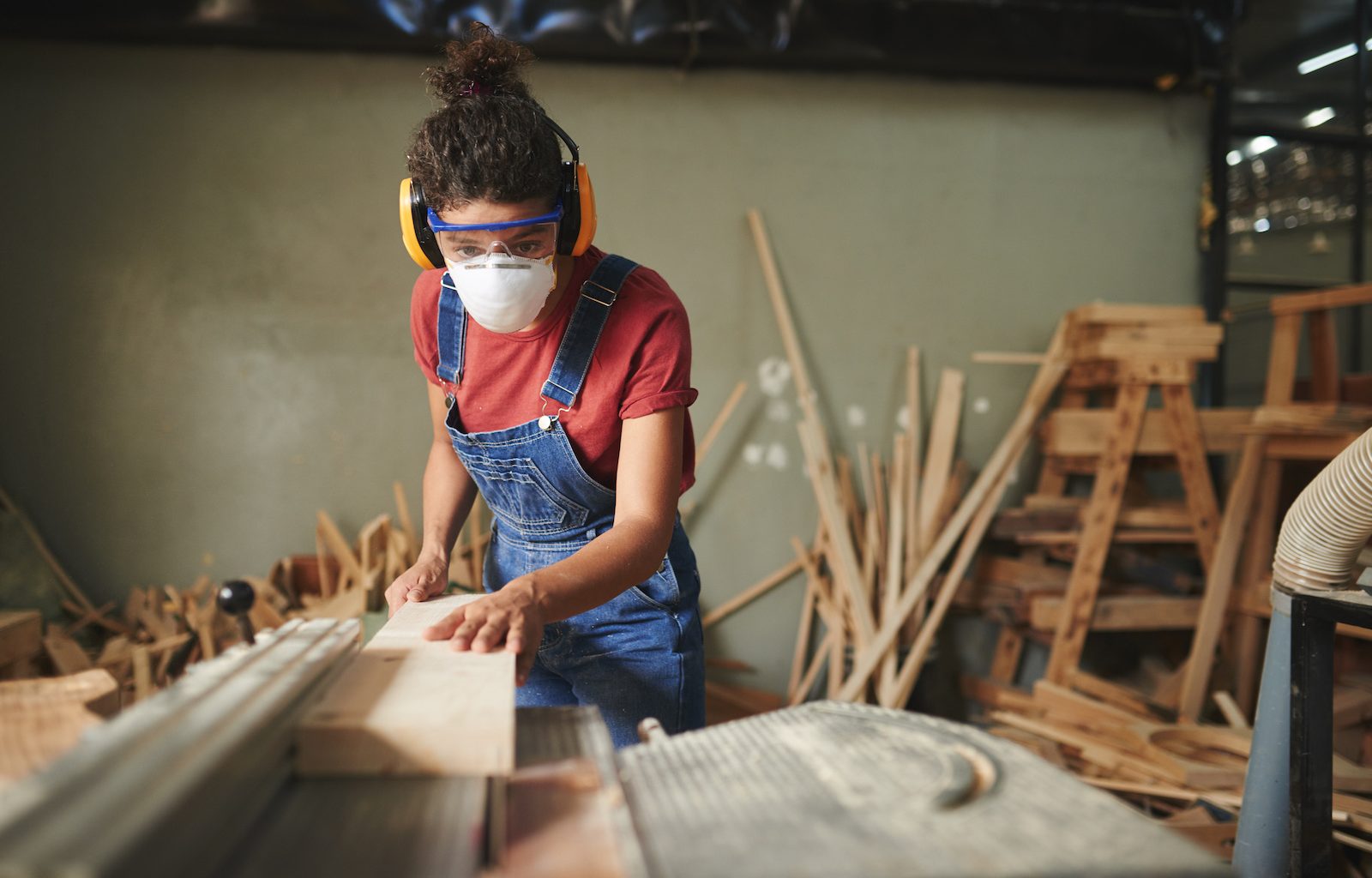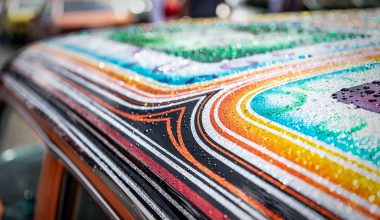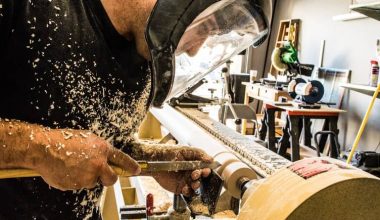Anyone that builds with wood always says you have got to have a table saw in your workshop, or “your workshop isn’t a proper shop without one”.
To be honest we couldn’t agree more. They are a great tool that has transformed the industry by making it more efficient and consistent. Producing a professional end result at an affordable price point for even the home DIYer.
But what do woodworkers and craftsmen actually use a table saw far?
What Is A Table Saw?
It is easy to get confused with many different types of power saws on the market such as miter saws, bandsaw, or jigsaws. Let’s quickly go through what makes a table saw, also known as a bench saw or sawbench, different from other power saw tools.
A table saw is a tool used commonly for woodworking, quick repetitive cuts as well as angle cuts with the correct jig.
It is often the most used tool in a workshop due to its ease of use and constancy. They consist of two main parts; a table that can come in various sizes and an adjustable saw blade.
Table saws have an inbuilt circular saw blade that is mounted to an arbor. This is used to adjust the height and angle of the saw blade. The arbor is mounted to the underside of the table surface and allows the saw blade to protrude through the table.
Various attachments can be used with a table saw such as a rip fence and miter gauge. The most professional models have built-in sawdust extraction and laser guide systems.
Types Of Table Saw
Depending on where a table saw is needed to be used or what it is used for there are different variations to suit.
The most common types to be found in workshops are Contractor and Cabinet table saws. These are large static machines that are designed to be left in situ inside a workshop.
Benchtop and Jobsite table saws are more portable as they are meant to be taken to your worksite. These have a small table area and a Jobsite table comes with its own stand.
Common Cuts Using A Table Saw
One of the main reason’s woodworkers love to use a table saw is the range of cuts they can perform.
Rip Cut
A rip cut is along the length of the material, parallel with the grain of the wood. Made by aligning the material length, using the rip fence, to the saw blade.
- Position the rip fence at the desired distance from the blade.
- Adjust the blade height to no more than a quarter of an inch above the material.
- Place your material against the rip fence and turn on the saw
- Using both hands firmly guide the material towards the saw blade
- When close to the blade use a push stick to guide the material
- Turn off the blade and allow to stop before removing the pieces
Crosscut
A crosscut is for cutting narrow widths perpendicular to the grain of the wood. A miter gauge or sled is used to align the material.
- Measure and mark your material
- Place against the sled and clamp into place if needed
- Power on the table saw and move the sled towards the blade
- Turn off the saw before removing the material pieces
Miter & Bevel Cuts
Table saws use an arbor to adjust the height and also crucially the angle of the blade on more advanced machines. This helps to cut the different thickness of wood safely and also make bevel cuts. At least one miter slot is a common feature of the table as it allows for a miter gauge to be attached which in turn is used for miter (angle) cuts.
What Is A Jig?
A jig combined with a rip fence is used to create consistent cuts of the same width. These can be as simple as clamping a piece of wood at a set distance or building a dedicated jig for repeated cuts such as a miter cut. Other examples include a jointer jig, box joint jig, and a perfect circle jig.
Being Safe
As mentioned previously table saws are the most used tool in a workshop. It’s no surprise then that you are more likely to get injured using a table saw than any other tool.
We recommend always wearing eye and ear protection when using a table saw. A push stick is an essential tool to keep your hands away from the blade. A carefully designed jig such as a sled can also help keep your hands safe. It will also help to keep the tabletop clear of rust and any damage or indents so that the material can run smoothly across the table.






